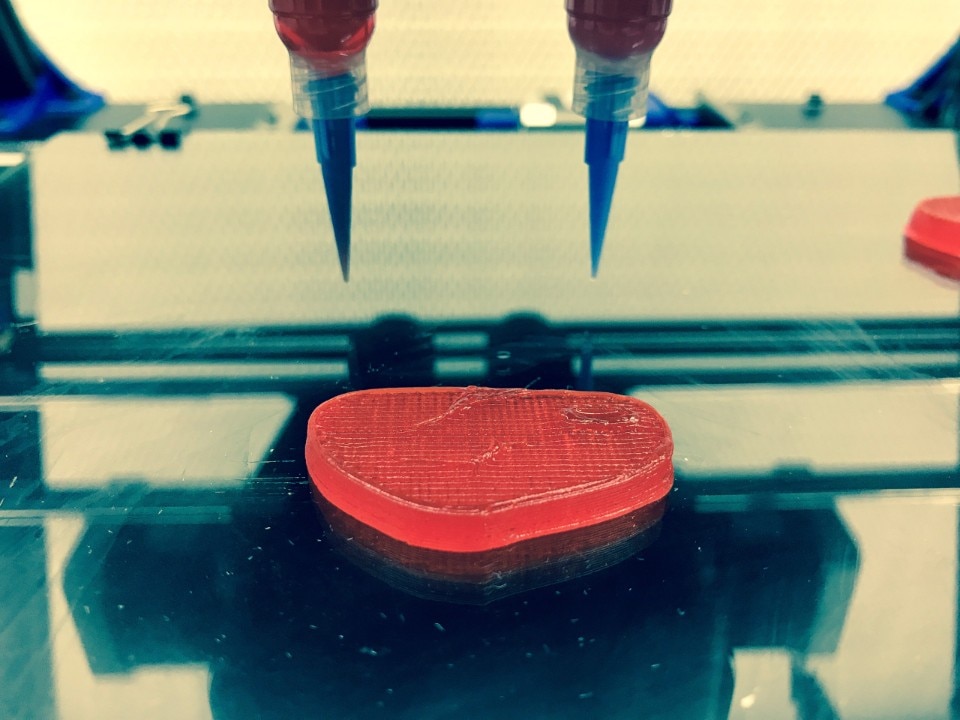Following chocolate, we now have synthetic meat. 3D printing is a form of technology which, over the years, has managed to enter a number of industrial sectors, including the food industry. For a number of years, in Modica, they have been printing chocolate by extruding the mix onto surfaces, creating the most fanciful of shapes. However, the Italian Giuseppe Scionti has gone much further. With his startup Novameat, he has invented the first 3D-printed meatless steak.
It is based on the same technology which currently allows bioengineers to create muscles, organs and cartilage similar to natural tissue. It is still not possible to transplant these into the body, but in the meantime, they are preparing for the future. Scionti had the idea of applying his knowledge to the food sector, and since 2013, through Novameat, has created ecological substitutes to normal animal meat. In 2013 he created a hamburger with the stem cells of a cow, and he is now targeting vegans. His meatless steak is based solely on vegetable ingredients such as rice, peas and algae, which are transformed into a paste and then passed through the printer. Judging by the colour, from a visual point of view the result is similar to a real steak, but Novameat claims that the consistency and nutritional values are also identical to the real thing. Currently, Scionti’s recipe allows for the printing of 100 grams of steak in 30 minutes, but according to the engineer, large-scale versions of the technology could cut the time necessary by 90 percent.
The meatless steak is based solely on vegetable ingredients such as rice, peas and algae, which are transformed into a paste and then passed through the printer
This is therefore an ethical alternative which will interest not only vegans but also the ecological conscience of nature lovers. Cattle in fact represent 14.5 percent of overall greenhouse gas emissions produced by humankind. In order to obtain the same number of calories from food, Scionti explains, cattle rearing requires 70 times more land than that necessary for cultivating fruit and vegetables, without considering that cattle use approximately 30% of the world’s arable land, and more than 25% of the world’s fresh water. All that is left to do is taste the steak, but we will have to wait a little longer for that.


